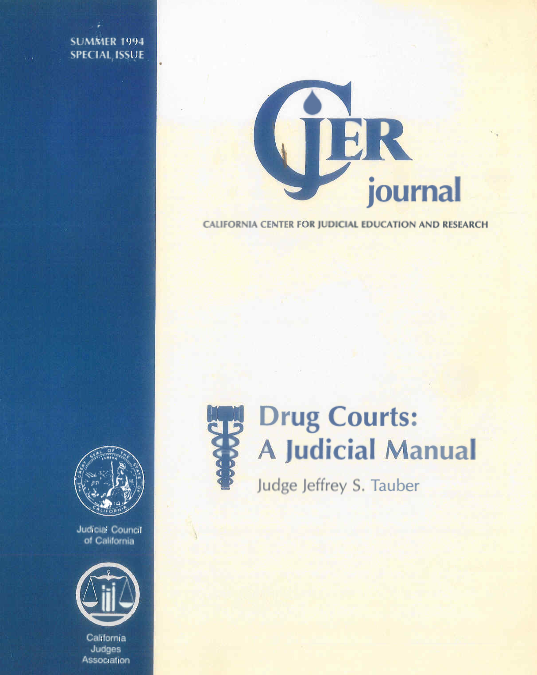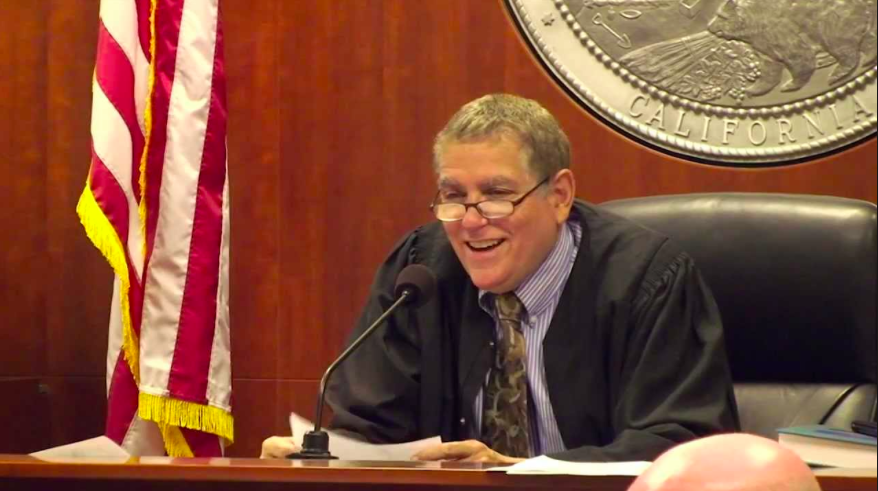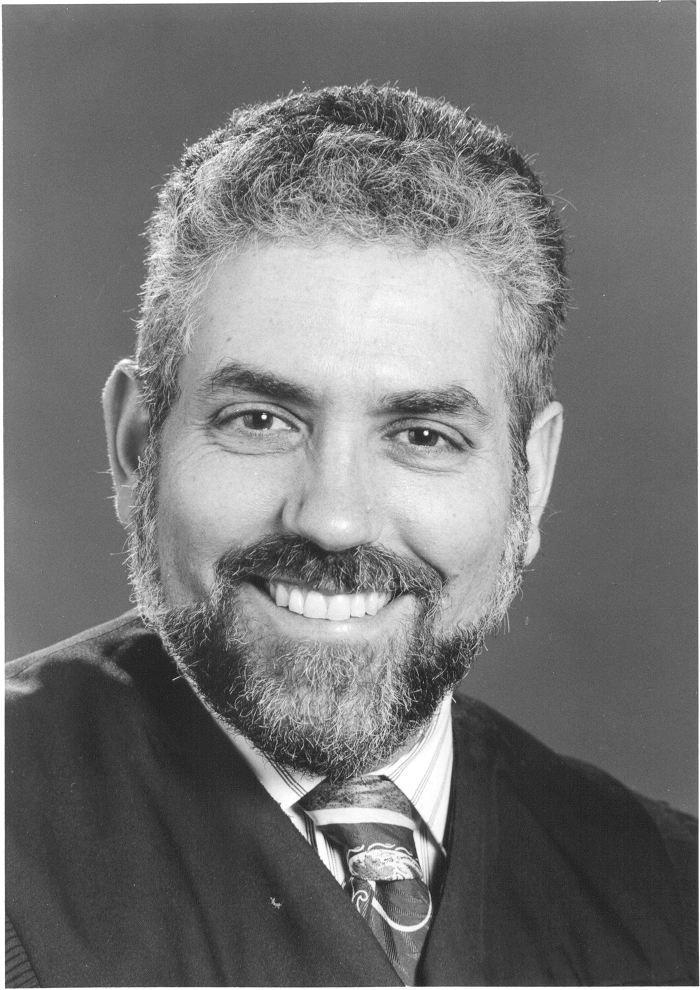It’s always been assumed that putting criminal offenders away for longer sentences would reduce their opportunities to commit crimes. What that seemingly obvious construct leaves out is that there is a point of diminishing returns. Where those sent to prison ultimately are a greater weight to a free society than those released into the community. Sending more offenders into custody for longer terms often results in a lack of resources for critical community needs such as public health and education. How much more safety do we realize by doubling an auto burglar’s prison term, and what services are being denied the community by doing so.
There is an annolgy to be made to the current panic over the “Ebola Crisis” in the U.S. Three persons have been infected and one has died in a nation of over 300 million. And there are cries to close down schools, work places, and other community gathering sites. Never mind that over fifty thousand americans were killed over the last three years because of the Flu (a more highly contagious illness, airborne, as opposed to Ebola which is contracted only by direct contact with bodily fluids). We panic as a nation and a people and resist logic in favor of an emotional response. I am not a sociologist, but it seems to me that that a new threat no matter how remote, makes us feel that we’re not in control and ultimately not safe in an environment that we have spared no expense to be as safe as humanly possible. (There has been no real, massive threat of illness and death to Americans since the Spanish Influenza Pandemic at the end of World War I).
When I had first begun my Oakland Drug Court in 1990, I had occasion to connect with a number of other professions to get out the word on the Drug Court Initiative. I was at one of the Nationwide Probation Conferences given in the early 1990’s as a speaker. I decided to attend a Legislators’ forum, where experience state legislators talked to their new breathen about how best to deal with the issue of Crime. The first thing they told the new legislators was to drop a bill in the hopper to increase the term of incarceration for driving under the influence. Secondly they were advises to get on the bandwagon to increase terms of incarceration, to make them invulnerable to attacks from the right that they were soft on crime.
For the offender, longer is certainly not better: As the years go by, inmates often become more distant from their families and communities, less employable, and more deeply ingrained in prison culture, all factors that hamper a successful reentry into the community. And how can it be realistically argued that increasing the length of felony sentences is a rational decision rather than an emotional one (In support of that assertion, research by the Urban Institute found that increases in expected time served contributed to half of the prison growth between 1998 and 2010).
I would argue that the public’s hunger for safety (in California, 1000 sentencing bills were passed by the legislature over the past three decades), is a serious problem that we need to come to grips with. How long is enough? Why do we have an almost impenetrable web of sentencing laws in most states. State sentencing grids are a constantly changing labyrinth of overlapping, entangling, and bewildering law that are mostly understood by the few. These are unacceptable circumstances that need to be addressed by governors and their legislatures, through Sentencing Commissions and other mechanisms, that can rationally and reasonably review, clarify and simplify our maze of sentencing laws. Hopefully when rationality has returned to criminal justice sentencing practices, we will see appropriate terms of incarceration imposes across the nation..
………………………………………..




